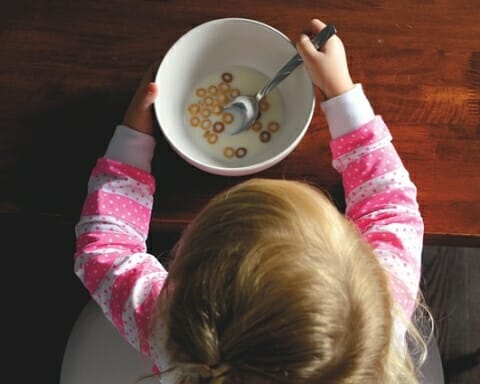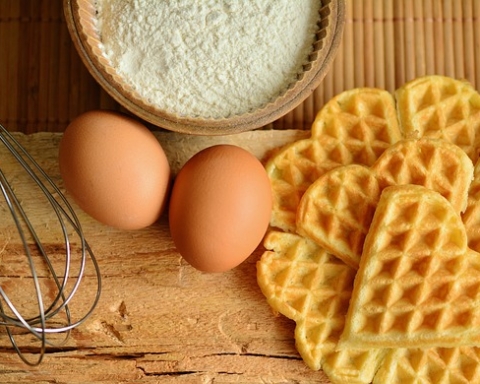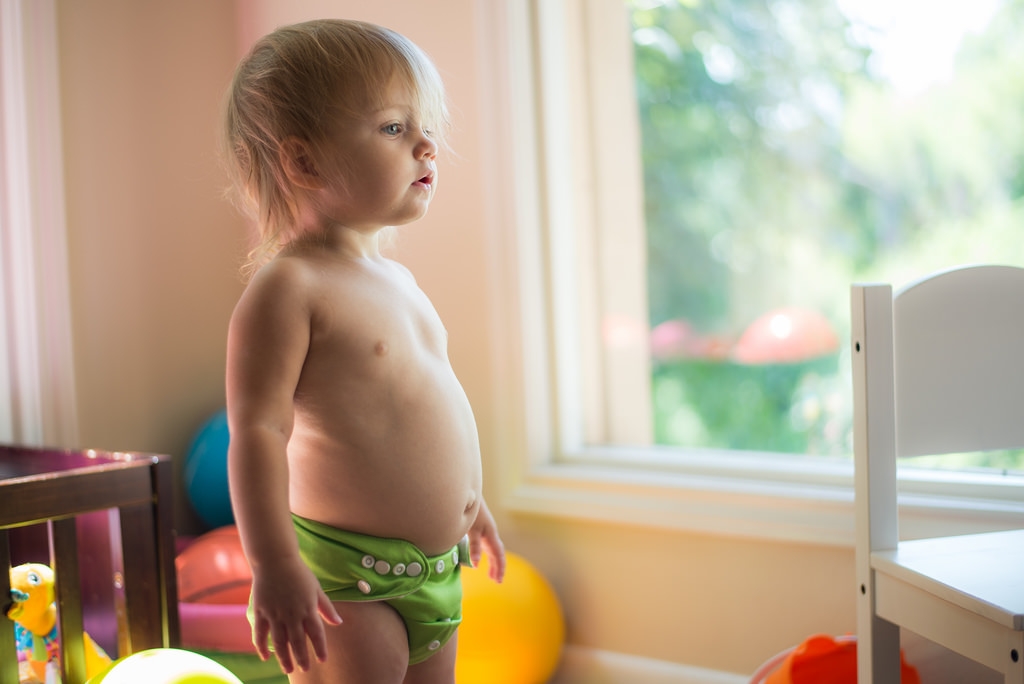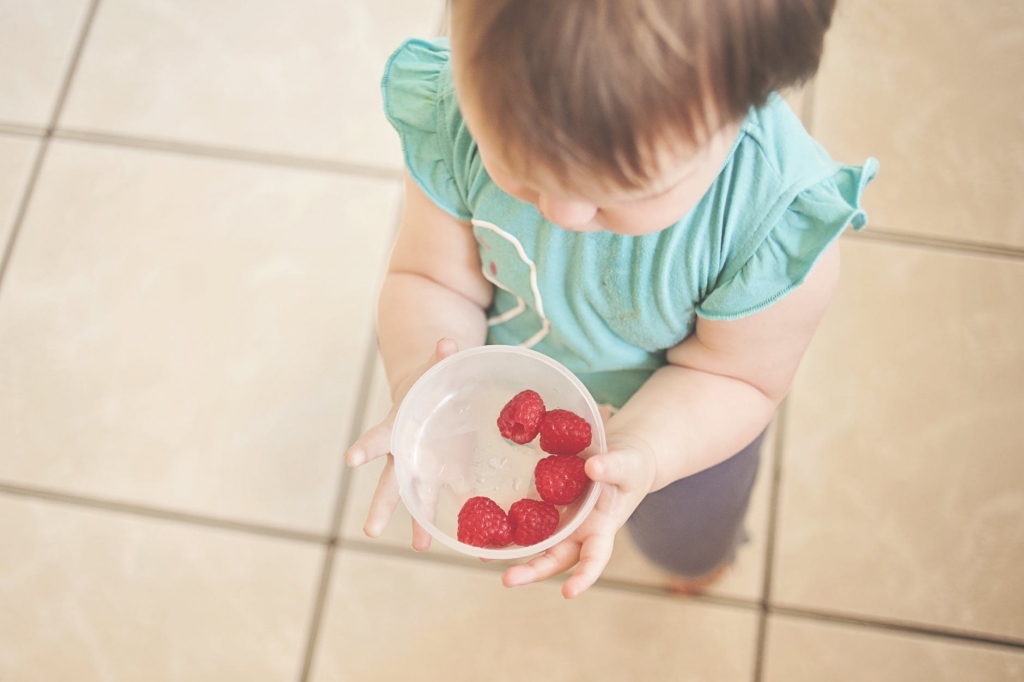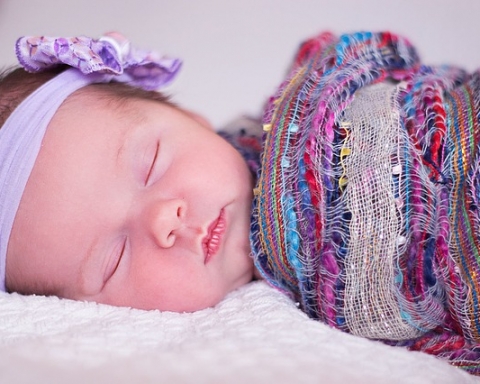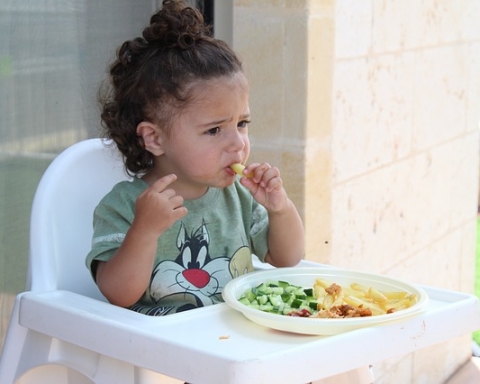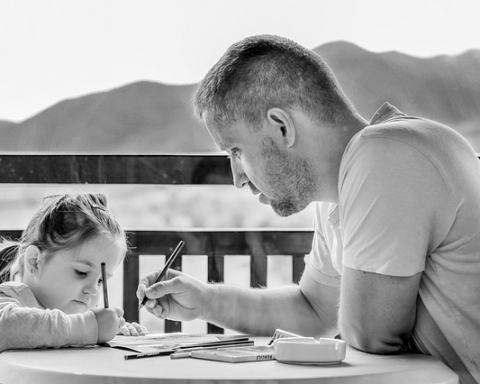Mastitis, or inflammation of the breast tissue, is one of many possible complications after delivery for which mothers may not be prepared. Parenting from the inside out can help mothers cope with postpartum conditions.
Sometimes breastfeeding leads to a blocked milk duct. When the milk from the blocked duct finds its way into the surrounding breast tissue, it causes inflammation. Symptoms of mastitis include redness, swelling, hardness in the nipple tissues, and cracked skin. Not only is the condition painful, but it can also lead to an infection and a high fever.
Mastitis can strike during the first month of breastfeeding and when the baby is being weaned off breast milk. If infection and severe pain occur because of mastitis, then antibiotics are prescribed. However, using antibiotics to treat mastitis right away is not advised because it may compromise the mother’s immunity and deprive the infant of breast milk.
Mothers under 21 and over 35 years of age had a decreased incidence of mastitis. —Researchers at the University of Turku, Finland
How Can I Prevent Mastitis from Happening in the First Place?
There are certain factors that make one prone to mastitis. One research analysis reports that “blocked duct(s) and increased levels of stress were the significant pre icons for mastitis in mothers who had breastfed a previous infant and blocked duct(s), restriction from a tight bra, attachment difficulties, and nipple pain during a feed were the significant predictors for mastitis in the first time breastfeeding mothers.”
If the mother allows too much time to pass between feedings, then milk builds up in the breast and clogs the ducts, so mothers should try to nurse the baby frequently.
If the mother will be away from the baby for a long time, she should express and store her milk. Also, allow the baby to completely drain one breast before moving him or her onto the other breast. Always clean the nipples after feeding or expressing to prevent bacteria from entering through the cracked nipple.
Natural Remedies for Mastitis
A mild case of mastitis can be treated with natural remedies, some of which are listed below.
- Get off your feet. The first thing a mother should do is get off her feet and rest. An infection like mastitis is the body’s way of indicating that the mother is pushing herself too hard after the delivery. Parenting from the inside out requires mothers to take care of themselves first.
- Keep nursing or expressing. Keep nursing the baby or expressing milk through a breast pump every two hours so that the milk keeps flowing and the ducts clear up on their own.
- Hydrate yourself. Staying hydrated helps mothers nurse their babies better. In addition, fluids like water, herbal tea, and soup help maintain the circulation of fluids in the body and flush out the infection naturally.
- Eat citrus fruit. Citrus fruit is a good source of vitamin C as well as bioflavonoid, which help the body fight off inflammation and infection. Taking a vitamin C supplement during mastitis may provide relief.
- Massage. Massage the infected area in a circular motion several times to unclog the ducts naturally. Also, massaging the breasts gently before and during feeding may improve milk flow and prevent blockage in the first place.
- Natural and herbal poultices. Create a poultice from potato slices or cabbage leaves, place them on the infected nipples, and cover the slices with a clean muslin cloth. You could also apply chamomile teabags. Alternatively, you can make slippery-elm powder or grind fenugreek seeds, mix either with a little water and apply the paste to the infected area.
- Warm compress. Warmth is generally better for mastitis than cold. Soak a towel or cotton garment in warm water, wring it out, and apply it on the affected breast to relieve the inflammation and pain. Applying a cold compress can help briefly numb the pain as well.
Mastitis can be a very painful and distressing condition for a nursing mother as well as her baby; however, a proper breastfeeding routine, care, nutrition, and adequate rest can help mothers cope. Parenting from the inside out requires mothers to take care of their bodies so they can take better care of their babies.

References
- Jonsson, S., and M. O. Pulkkinen. “Mastitis Today: Incidence, Prevention and Treatment.” Annales Chirurgiae et Gynaecologiae. Supplementum 208 (1994): 84–87. Retrieved from http://europepmc.org
- Fetherston, Catherine. “Risk Factors for Lactation Mastitis.” Journal of Human Lactation 14, no. 2 (1998): 101–109. Retrieved from https://bit.ly/344WtHf


